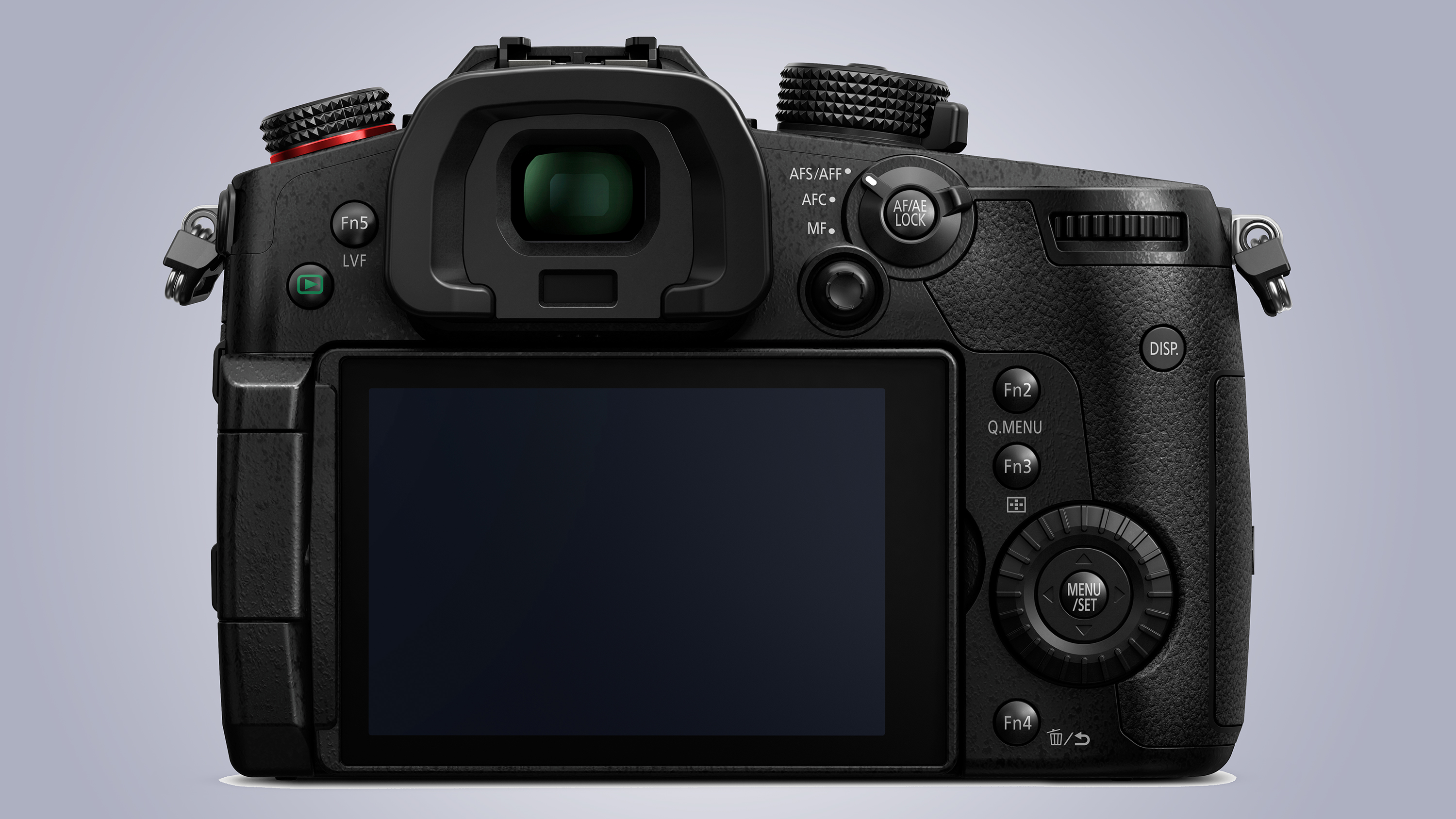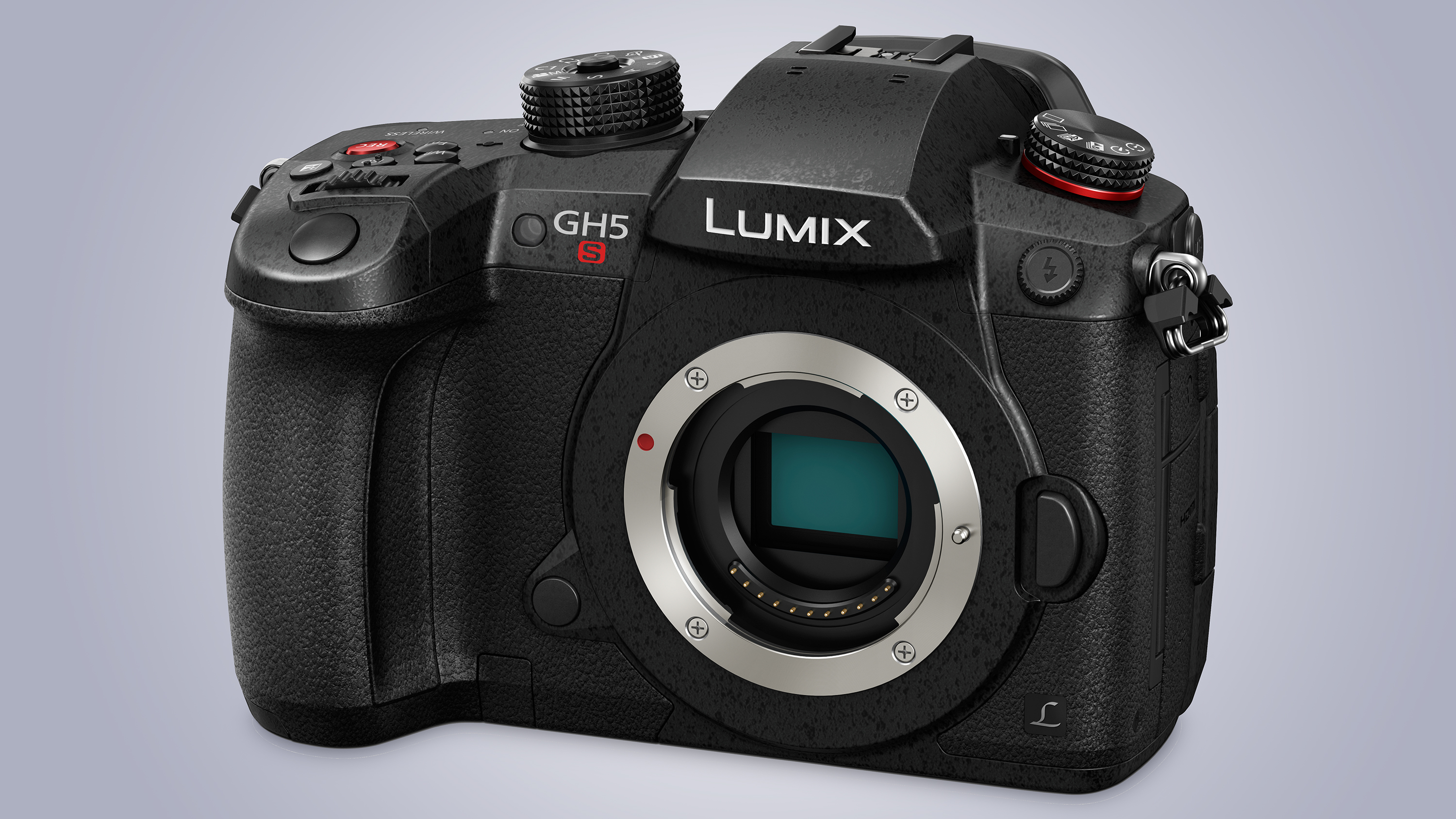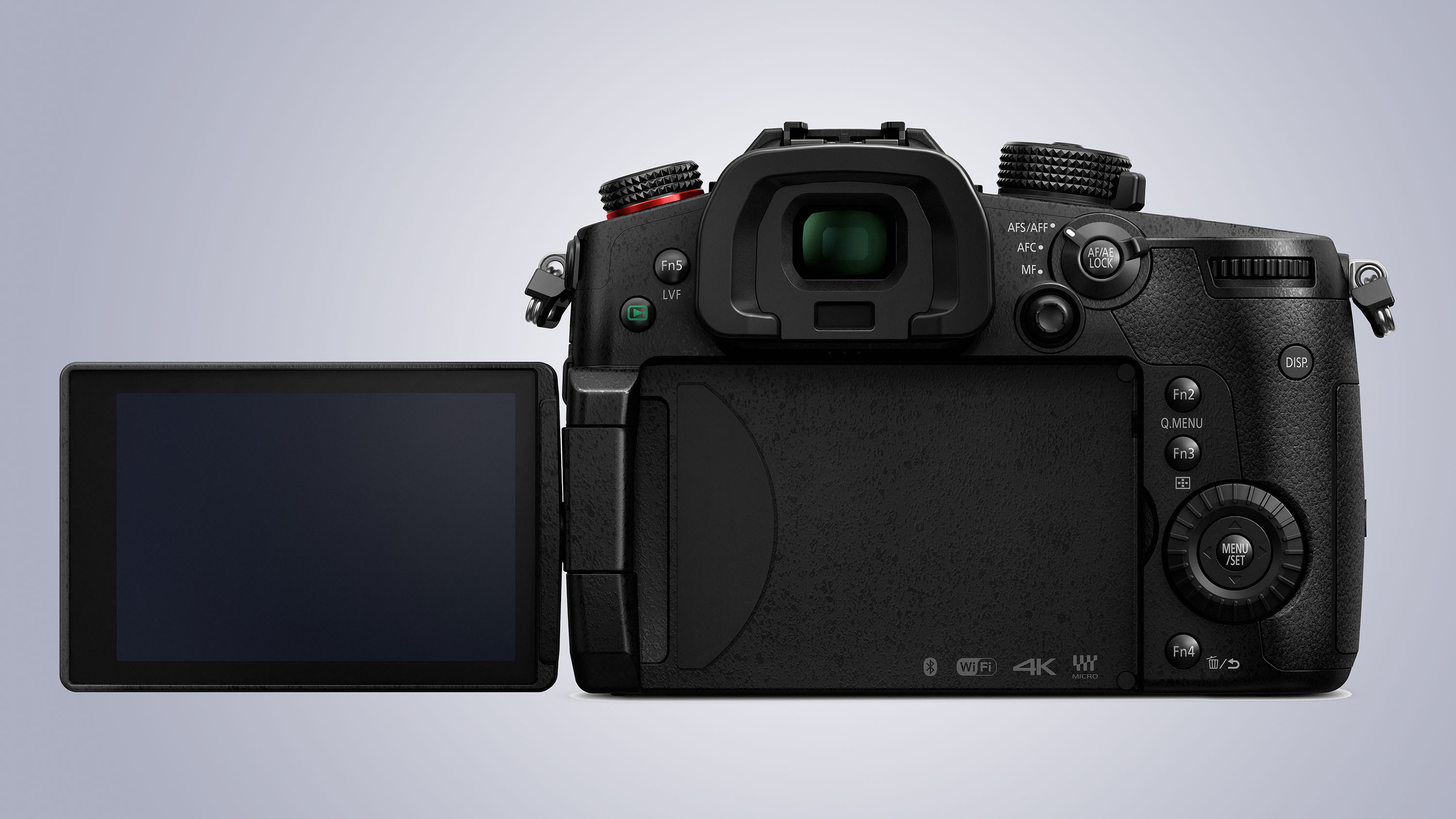
Panasonic has announced its latest video-focused mirrorless camera, the Lumix GH5S, at CES 2018 in Las Vegas.
If the comprehensive video specification of the Lumix GH5 isn't quite enough to satisfy your needs, then the GH5S could be for you.
Designed primarily for professional filmmakers, Panasonic believes that the Lumix GH5S will deliver the highest-ever video image quality seen in a Lumix camera.
For the Lumix GH5S, Panasonic has ditched the 20.3MP Micro Four Thirds Live MOS sensor found in the GH5 and replaced it with an all-new 10.2MP sensor. This has allowed Panasonic to improve on the maximum ISO of 25,600 on the GH5, with an ISO ceiling of 51,200 in the GH5S.
To reduce the risk of background image noise in low-light conditions, Panasonic has also included its Dual Native ISO Technology – we'll bring you more detail on this when we have it.
The Lumix GH5S also gives those shooting stills the option to shoot 14-bit raw files, while the newly developed multi-aspect sensor provides sufficient margin to get the same angle of view in 4:3, 17:9, 16:9, and 3:2 aspect ratios.
Cinema 4K at 60/50p
While the Lumix GH5 was the first mirrorless camera capable of shooting 4K footage at up to 60/50p, the Lumix GH5S takes this one step further and shoots at a world-first 4K 60/50p recording in Cinema 4K (4096 x 2160).
Sign up for breaking news, reviews, opinion, top tech deals, and more.
That's just part of the story, as the GH5S is capable of internal 4:2:2 10-bit recording, which should deliver even stronger color reproduction, while V-Log now comes pre-installed on the camera – something that was an additional cost on the GH5.
The Lumix GH5S is also compatible with Timecode In/out, making it easy synchronize multiple compatible devices
You can record both Full HD and 4K video for as long as you want – there's no time limit, while the Lumix GH5S complies with 4K HDR video with Hybrid Log Gamma (HLG) mode in Photo Style. The GH5S also records 4:2:2 10-bit 400Mbps All-Intra in 4K (at 30p/25p/24p) and Cinema 4K (24p) and 200Mbps All-Intra in Full HD.
The Lumix GH5S is also compatible with Timecode In/out, making it easy to synchronize multiple compatible devices when filming, for pain-free post-production editing. A bundled coaxial cable for a BNC terminal connects to the flash sync terminal of the camera, allowing the camera to be used as a Timecode generator for other GH5S cameras and professional camcorders.
Design and operation




Apart from a flash of red round the collar of the mode dials on the top of the camera, and a red record button (and of course the 'S' designation on the front), the design of the Lumix GH5S is unchanged from the GH5.
This means it also gets the same magnesium alloy full die-cast front and rear frame, while it's also dust-proof, splash-proof, and freeze-proof down to -10C. Like the GH5, it's equipped with dual SD memory card slots, compatible with UHS-II and Video Speed Class 60 SDXC cards, while there's a HDMI Type A terminal as well.
There's also the same electronic viewfinder, with a large magnification ratio of 0.76x (35mm camera equivalent) that delivers a smooth display at 120fps, and a 3.2-inch vari-angle touchscreen with a 3,680K-dot resolution.
The Lumix GH5S also promises to make composition and shooting in poor light that much easier. Live View Boost increases the sensitivity just for Live View, while there's also a night mode that features a red interface.
The autofocus system has also been tweaked over the GH5. The 225-area AF arrangement stays the same, but the GH5S can now focus in light levels as low as -5EV (on the GH5 it's -4EV).
As far as burst shooting speeds go, it matches the GH5's top burst rate of 12fps (12-bit raw files in AFS). This drops down to 8fps if you're in continuous AF (AFC), while if you're shooting in 14-bit raw it's 11fps (AFS) and 7fps (AFC).
The Panasonic Lumix GH5S will be available from the end of January priced at £2,199/$2,499 (body only). In Australia, the shooter will hit stores in February 2018 with a price tag of AU$3,499 for the body alone.
- New year, new tech – check out all our coverage of CES 2018 straight from Las Vegas, the greatest gadget show on Earth

Phil Hall is an experienced writer and editor having worked on some of the largest photography magazines in the UK, and now edit the photography channel of TechRadar, the UK's biggest tech website and one of the largest in the world. He has also worked on numerous commercial projects, including working with manufacturers like Nikon and Fujifilm on bespoke printed and online camera guides, as well as writing technique blogs and copy for the John Lewis Technology guide.